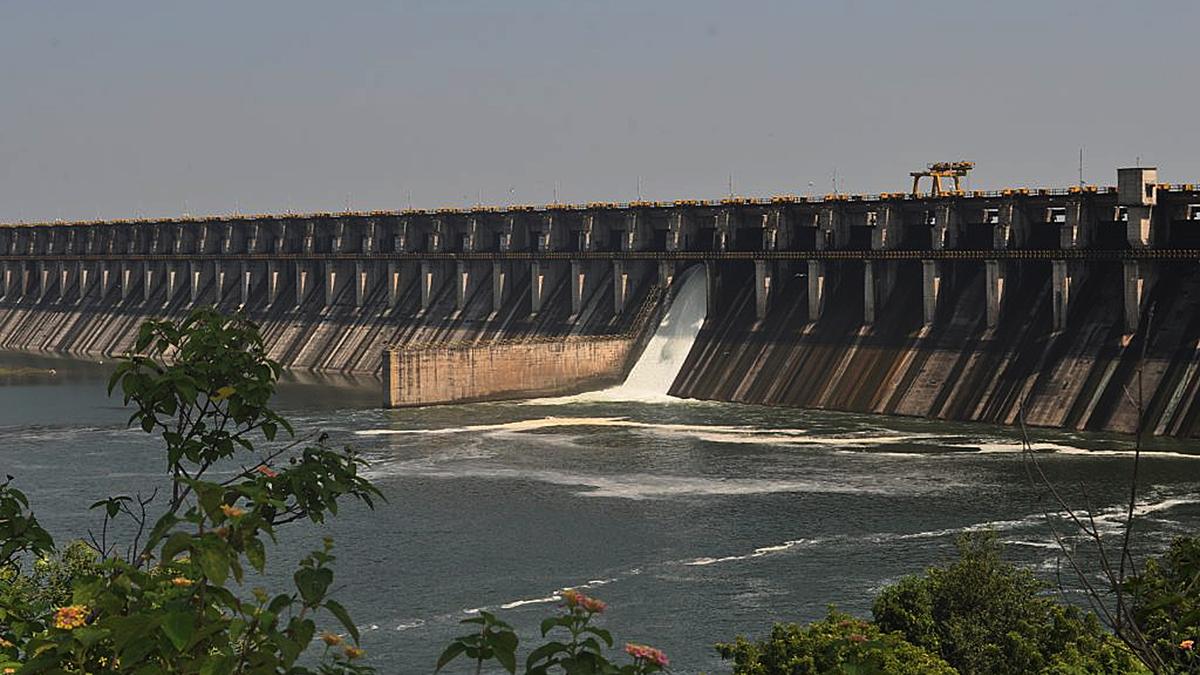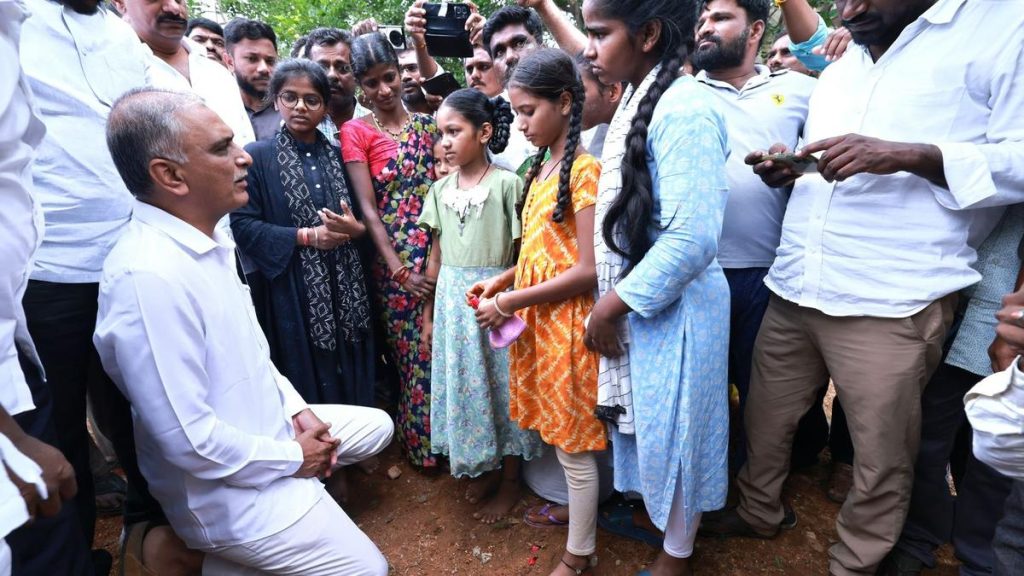Now Reading: Ujani Dam Water Release Triggers Advisory in Kalaburagi
-
01
Ujani Dam Water Release Triggers Advisory in Kalaburagi
Ujani Dam Water Release Triggers Advisory in Kalaburagi

Swift Summary:
- Authorities released 44,000 cusecs of water from Maharashtra’s Ujani Dam into Bhima river.
- Kalaburagi district administration issued an advisory for locals to stay away from riverbanks.
- The release will reach the Sonna barrage in Afzalpur taluk late Sunday, with potential further increase due to rainfall and reservoir releases.
- Currently, 4,000 cusecs of water have been discharged from Sonna barrage; increased outflow expected downstream at Bennethora barrage and other areas.
- Deputy Commissioner B. Fouzia Taranum warned low-lying villages near Bhima river course to remain alert and avoid activities near rivers, streams, or tanks (e.g., grazing cattle or bathing).
- Tourists advised against visiting flooded areas; strict instructions issued for fishermen not to engage in fishing activities along rivers during flood conditions.
- Officials directed to assess the safety of buildings in vulnerable zones amid ongoing rains and flooding concerns.
- Religious centers on riverbanks instructed to be cleared of devotees; public awareness campaigns ordered across flood-prone regions using loudspeakers.
- Evacuation plans outlined for moving residents from both rural and urban lowlands if required; relief centers must provide necessary facilities.
- Regular preliminary damage reports are mandated by revenue officials.
Indian Opinion Analysis:
The proactive measures taken by Kalaburagi district authorities reflect a strong emphasis on preparedness ahead of possible flooding due to notable reservoir releases coupled with heavy rainfall forecasts. The issuance of timely advisories urging precautionary behavior among residents is vital given India’s recurring challenges with monsoon-related disasters that disrupt local economies and displace communities annually.
River systems like Bhima highlight inter-state water management complexities as upstream actions impact downstream populations-underscoring the need for coordination across regions like Maharashtra and Karnataka during peak monsoon episodes. Effective dialog campaigns alongside infrastructure assessments may considerably reduce loss while promoting resilience among vulnerable groups.
Additionally,guidelines targeting tourists as well as religious congregations illustrate thoughtful planning tailored toward reducing risks stemming from human activities near sensitive ecosystems during floods-a notable practice echoing principles of safety-first governance in regional disaster management frameworks.
Read more: https://www.thehindu.com/theme/images/th-online/1x1_spacer.png
























